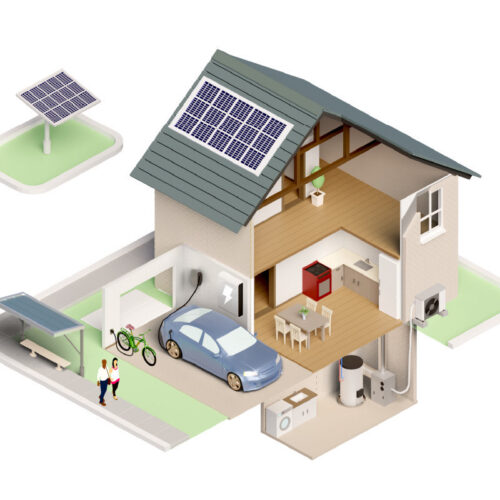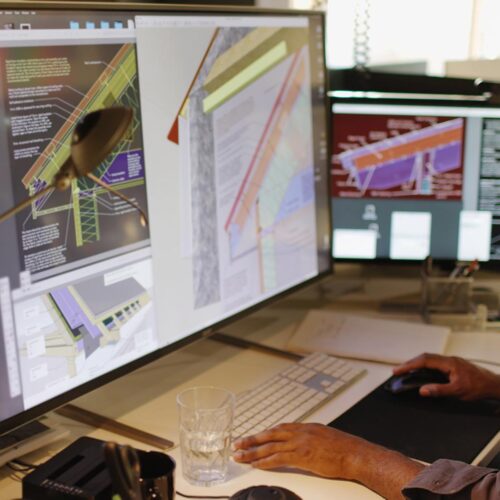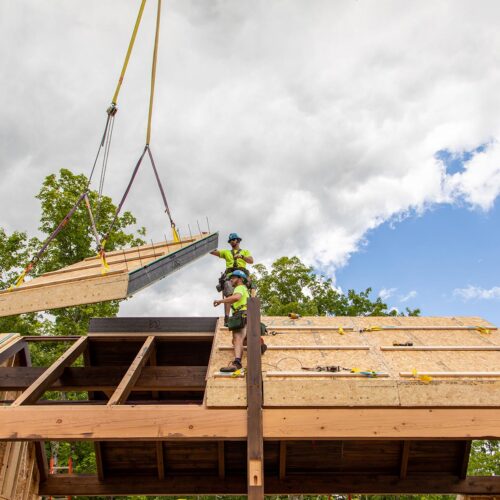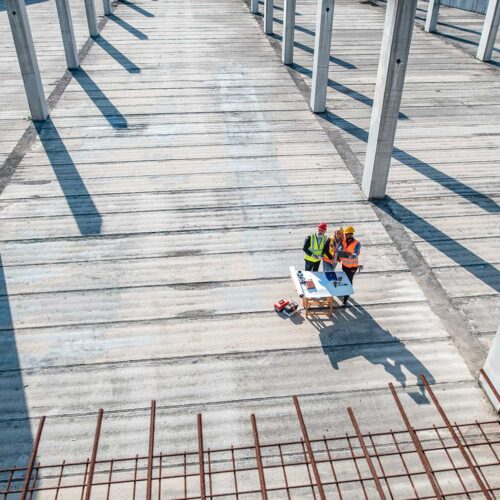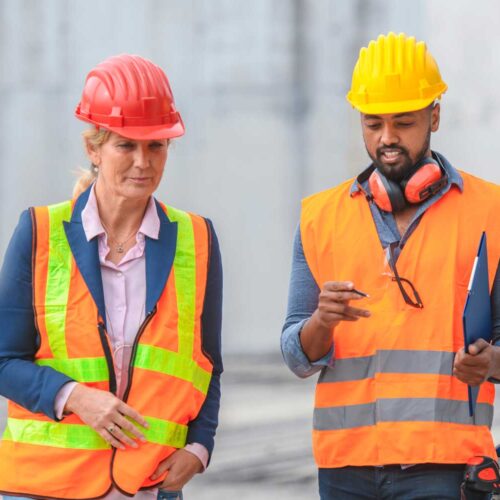HomebuildersCAN
A community of practice to measure and reduce embodied carbon in home construction, powered by RMI
Resources
The resources below provide best-in-class research, insights, and guidance on embodied carbon. Whether it’s real-world case studies, design & construction reports, or tools that measure the carbon footprint of building materials, we’ll continue updating this page with links to the information that will help you learn, grow, and succeed.
All Homebuilders Resources
Filter by Tag
Filter by Type
Building with Biomass: A New American Harvest
How manufacturing building products from domestically sourced upcycled biomass can create more jobs and affordable healthy housing…
At Last, a Residential Modeling Tool for Energy Professionals
RMI’s industry-tested Green Upgrade Calculator analyzes the economic and climate impacts of common household solutions that reduce emissions.
A Primer on Embodied Carbon in Climate Disclosure
Climate disclosure has become a primary focus of investors and governments seeking to understand climate impacts and risks associated with businesses.
Improving the Data and Disclosure of the Environmental Impact of Building Materials
It’s no secret, the relevance of environmental product declarations (EPDs) is steadily growing. Public and private actors are increasingly using these building material “nutrition labels” as core data sources for the development and implementation of…
Driving Action on Embodied Carbon in Buildings
RMI and USGBC's report answers today’s questions about embodied carbon and highlights key actions to decarbonize the building construction industry.
The Hidden Climate Impact of Residential Construction
RMI's new report on embodied carbon illuminates the hidden climate emissions in low-rise residences and strategies for builders to make cost-effective reductions quickly.
Embodied Carbon 101: Building Materials
Embodied carbon represents the millions of tons of carbon emissions released during the lifecycle of building materials, including extraction, manufacturing, transport, construction, and disposal.
Transforming Existing Buildings from Climate Liabilities to Climate Assets
Low-embodied-carbon and carbon-storing materials in building retrofits can reduce total building emissions.
Embodied Carbon Cities Policy Toolkit
This resource library was made in partnership with C40 Cities.
Reducing Embodied Carbon in Buildings
Buildings account for at least 39 percent of energy-related global carbon emissions on an annual basis. At least one-quarter of these emissions result from embodied carbon, or the greenhouse gas (GHG) emissions associated with manufacturing,…

